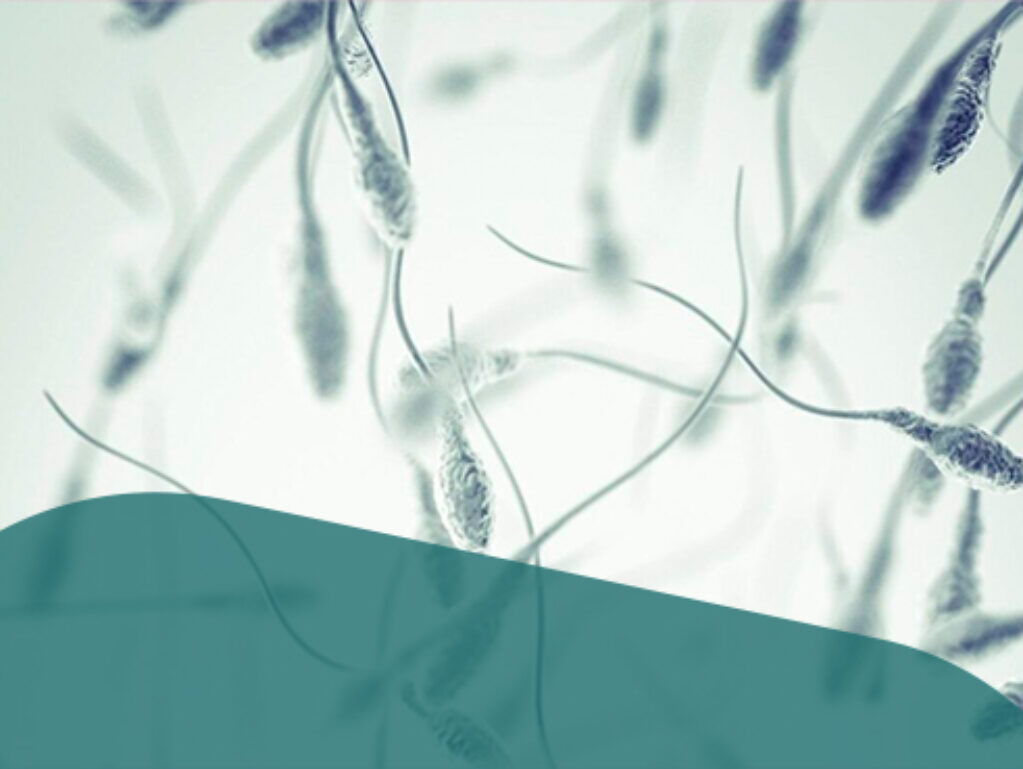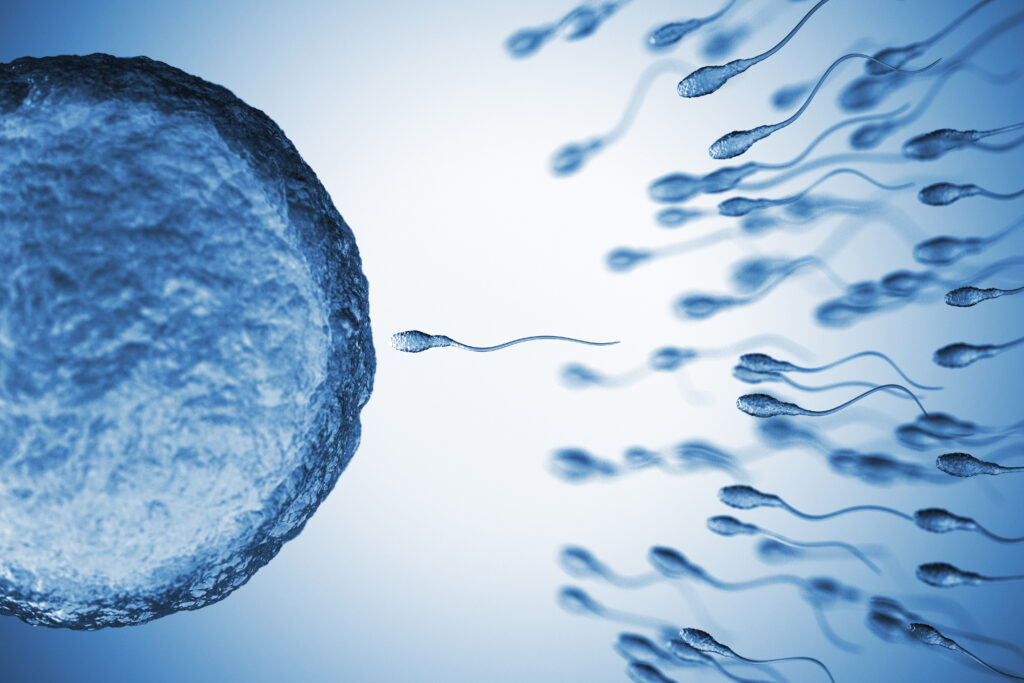Formation and maturation of sperm cells
When boys reach puberty, the two hormones FSH and LH are activated and they form and develop sperm cells in interaction with the sex hormone testosterone.
Once sexual maturity has been reached, millions of sperm cells are formed in the testicles every day, where they mature for approximately 10-12 weeks.
When is the sperm quality good?
The most frequent cause of male fertility problems is insufficient production of normally motile sperm cells.
The World Health Organization (WHO) has defined reference values for when a sperm sample is normal. The lower reference limits, i.e. minimum values, are shown here:
- Sperm volume 1.5 ml
- Total sperm count: 40 million per ejaculation
- Sperm concentration: 15 million per ml
- Total motility: 40%
- Forward motility: 30%
- Vitality (live sperm cells): 60%
Male fertility is not related to age in the same way as women. In men, age only begins to be a sperm quality factor at around 40-50 years of age. Approximately 40% of Danish men have reduced sperm quality with a sperm concentration below 40 million sperm cells per ml of sperm.
A sperm concentration below 15 million per ml has been defined by WHO as reduced sperm quality, but we also often see that it takes longer to become pregnant with a sperm concentration below 40 million/ml.
Source: WHO laboratory manual for the examination and processing of human semen
World Health Organization, 5th ed., 2010



